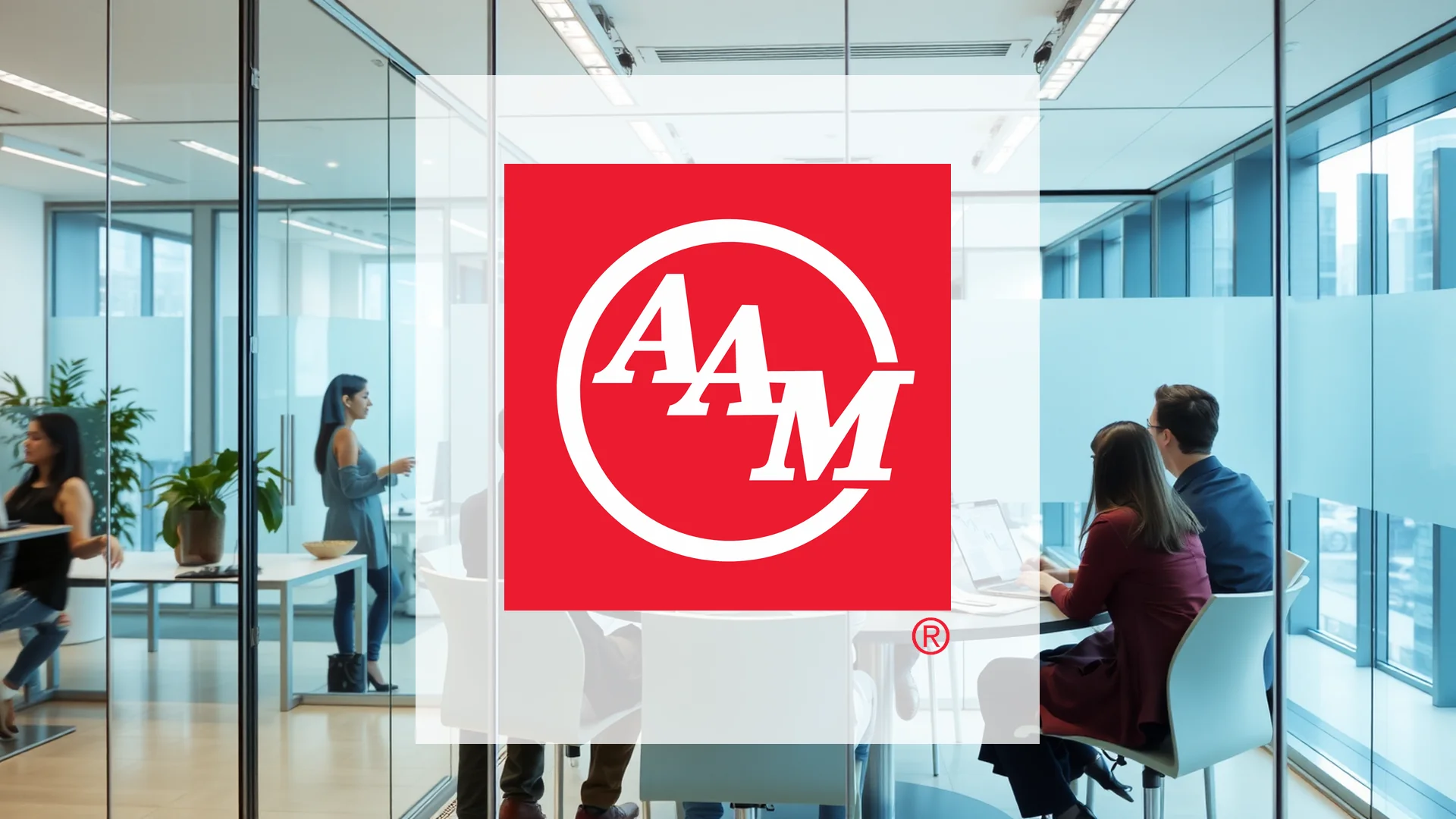A pivotal acquisition designed to transform American Axle & Manufacturing into a global driveline leader is now facing heightened scrutiny. S&P Global Ratings has revised its outlook for the automotive supplier from “stable” to “negative,” signaling concerns over the financial risks associated with its planned takeover of Britain’s Dowlais Group.
S&P Global Issues Debt Warning
The primary catalyst for this revised assessment is the massive $2.3 billion financing requirement for the acquisition. S&P has expressed significant apprehension regarding integration risks and potential short-term cash flow constraints. The agency projects that by 2025, the company’s leverage ratio could surge to 4.5 times its EBITDA—a level that typically raises red flags for institutional investors.
Strategic Ambitions Meet Financial Reality
Initially presented as a strategic masterstroke, the $1.44 billion cash-and-stock deal for Dowlais was intended to diversify American Axle’s customer base. The move would substantially decrease its reliance on primary client General Motors and reduce exposure to fluctuations within the U.S. automotive sector.
The combined entity would generate pro forma revenues of approximately $11.2 billion. Significantly, GM’s share of total sales would drop from 42% to 27%, while business with other major automakers including Volkswagen, Toyota, and Renault-Nissan would see corresponding growth.
However, S&P’s analysis presents a more cautious medium-term view. The ratings agency forecasts a 1.6% revenue decline for the merged company in 2026, with additional minor decreases anticipated for 2027. Furthermore, the EBITDA margin could contract to just 10.4% by 2026.
Should investors sell immediately? Or is it worth buying American Axle, Manufacturing?
The High Cost of Synergies
A particularly concerning aspect of the deal involves its synergy targets. While American Axle anticipates $300 million in annual cost savings within three years, achieving these efficiencies requires equivalent implementation expenditures of $300 million. This breakeven scenario depends entirely on flawless execution, a challenging outcome for mergers of this scale.
S&P has indicated that a formal ratings downgrade could follow if free cash flows fail to reach at least 5% of total debt by 2027, or if the leverage ratio exceeds 5x EBITDA. Conversely, the outlook could be revised back to stable if the integration proceeds successfully and the debt ratio remains comfortably below the 5x threshold.
Mixed Signals from Market Analysts
Despite these warnings, some equity researchers maintain a cautiously optimistic stance. The Royal Bank of Canada upgraded the stock to “Outperform” in early September, establishing a price target of $8. Wall Street Zen issued an even more bullish “Strong Buy” recommendation.
The average analyst price target currently sits at $6.75, marginally above recent trading levels. This narrow spread and the divergence in ratings underscore the market’s uncertainty about whether American Axle can successfully navigate this complex integration or will become constrained by its newly acquired debt burden.
The coming months are critical. The transaction is scheduled for completion in the fourth quarter of 2025, pending final regulatory approvals. Investors will be closely monitoring management’s every move, with particular attention paid to the quarterly financial results scheduled for release in November.
Ad
American Axle, Manufacturing Stock: Buy or Sell?! New American Axle, Manufacturing Analysis from December 19 delivers the answer:
The latest American Axle, Manufacturing figures speak for themselves: Urgent action needed for American Axle, Manufacturing investors. Is it worth buying or should you sell? Find out what to do now in the current free analysis from December 19.
American Axle, Manufacturing: Buy or sell? Read more here...









